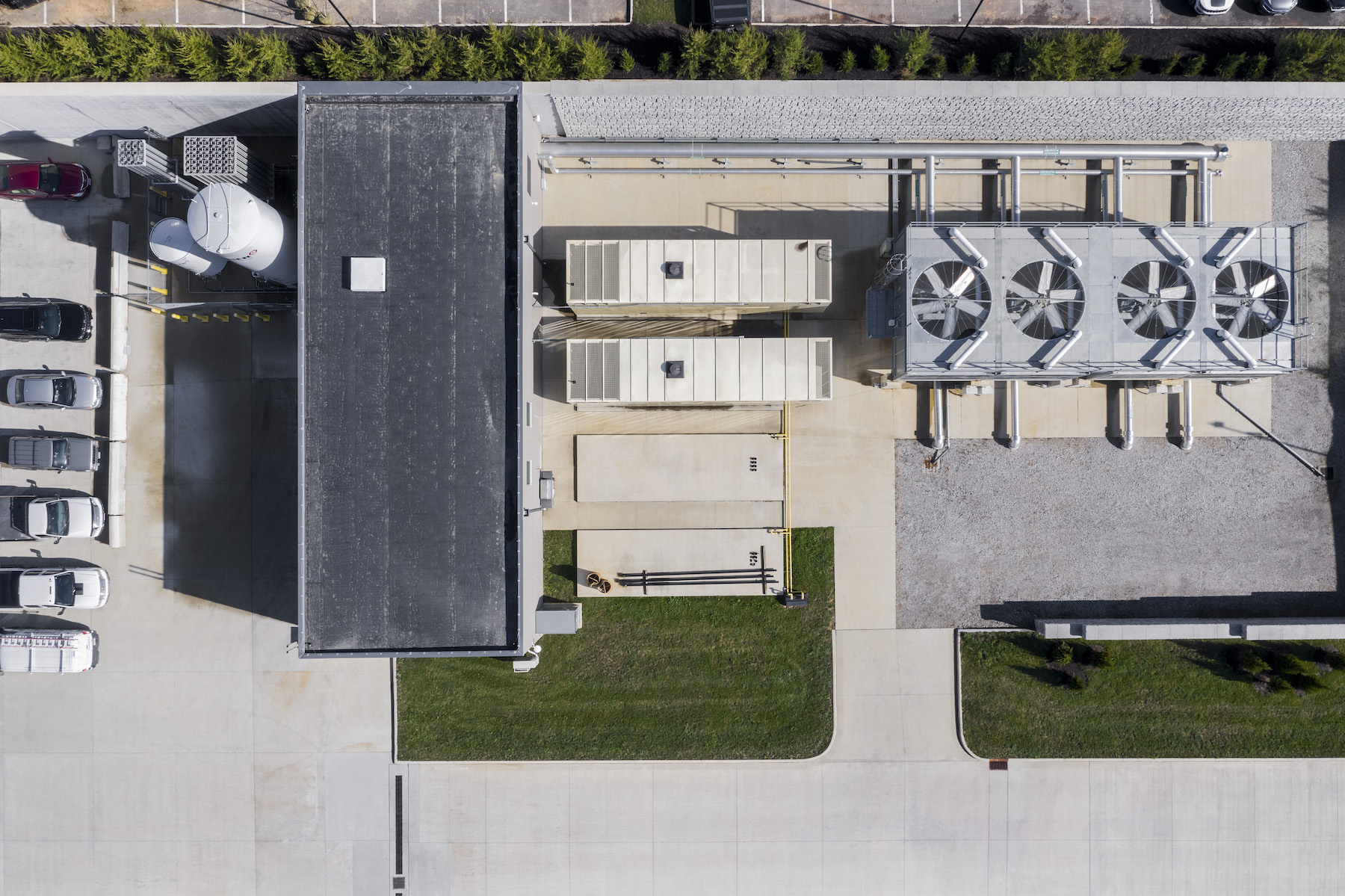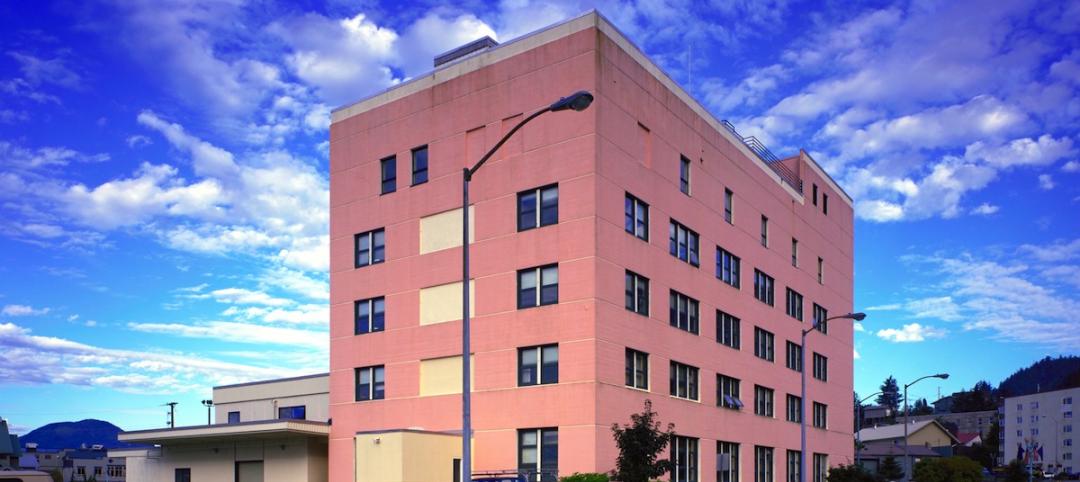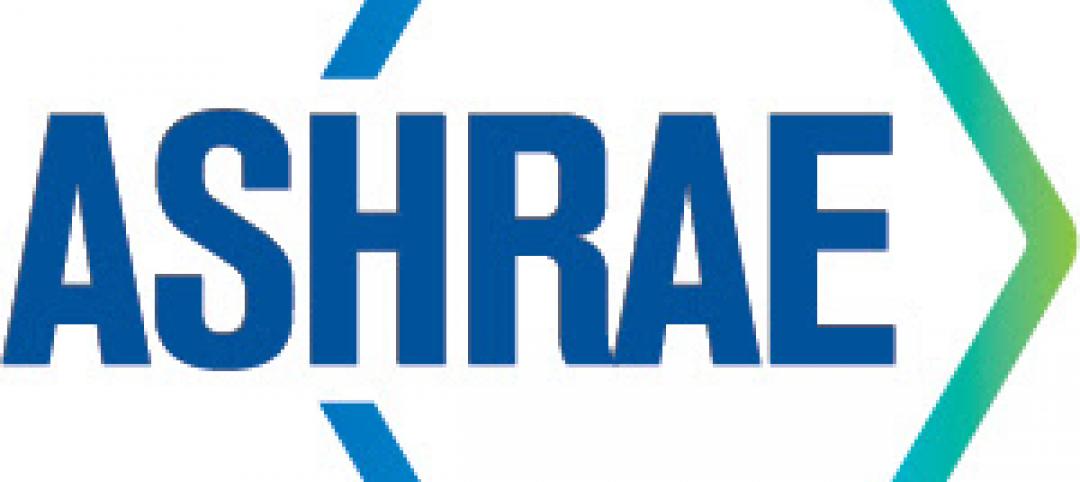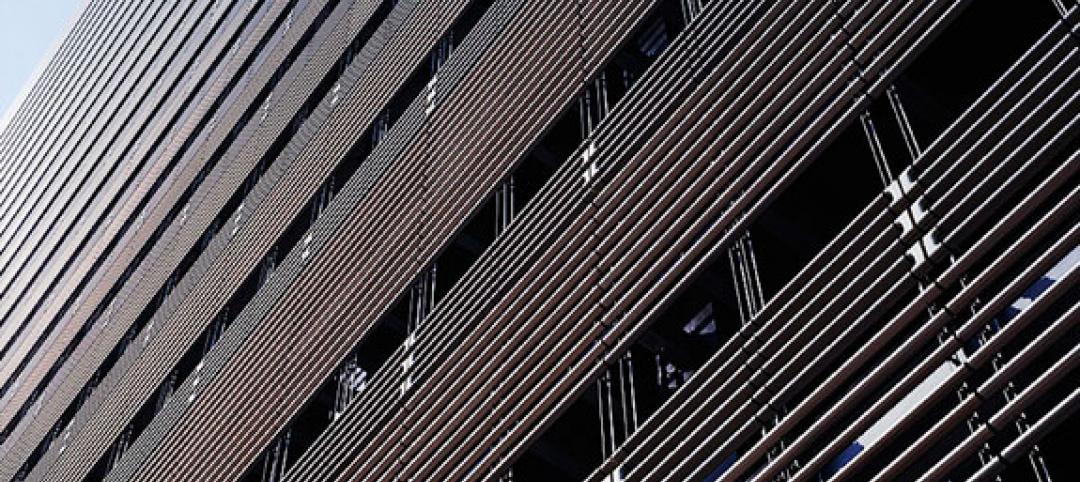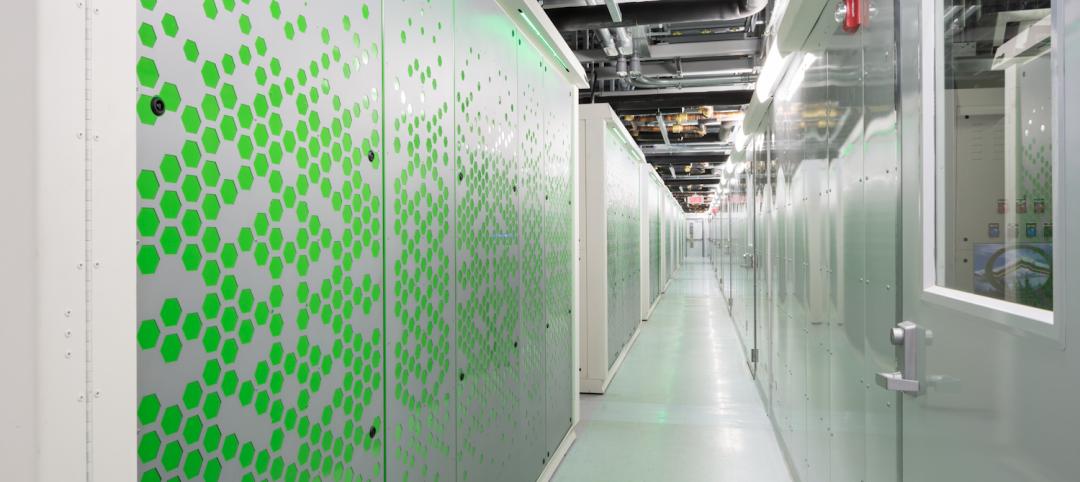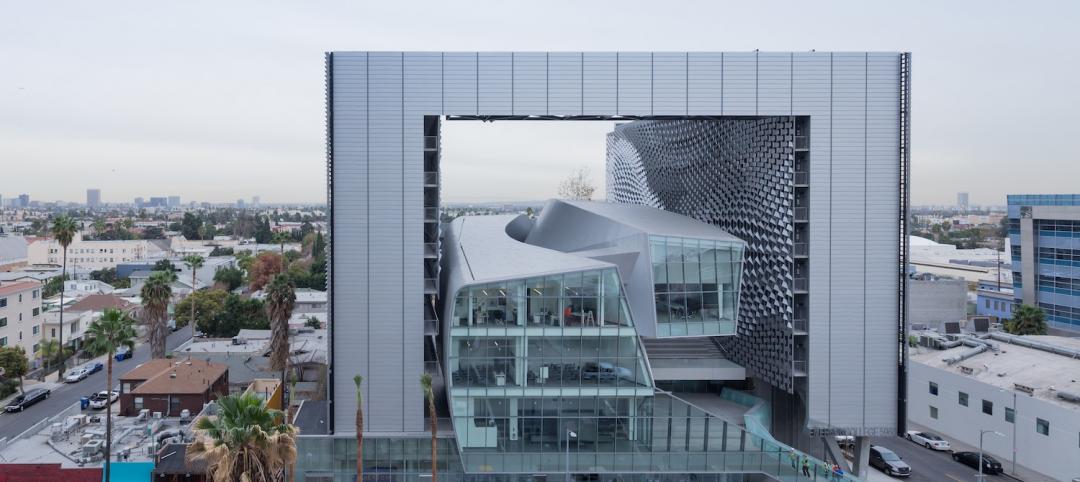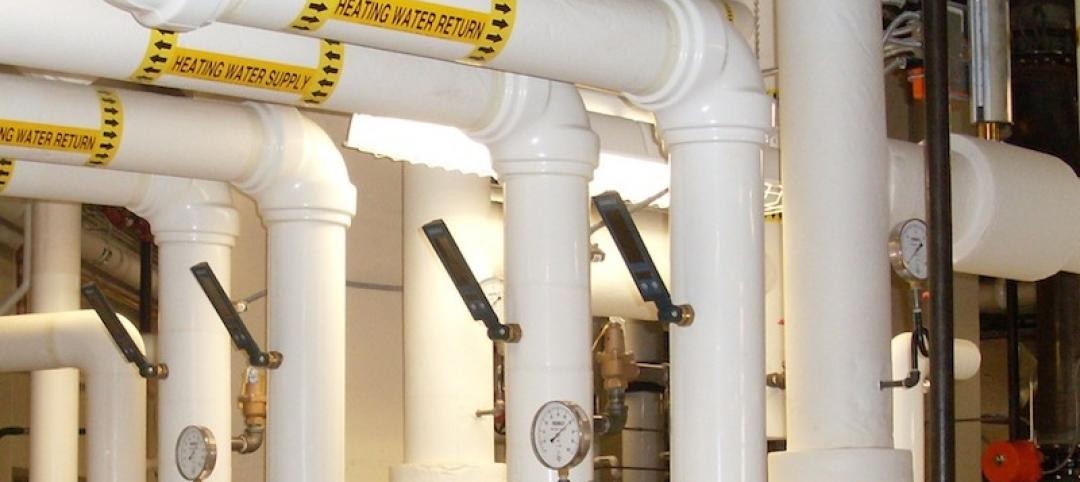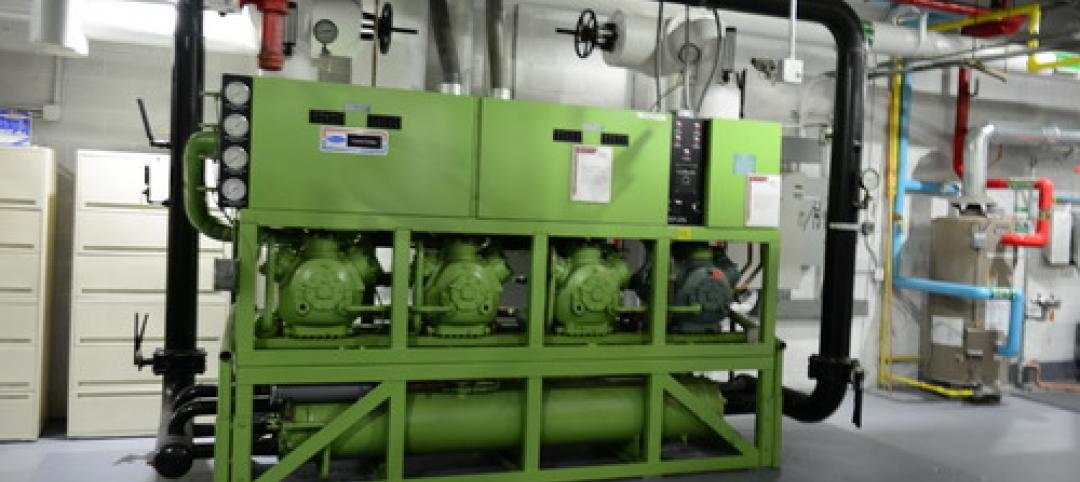When your HVAC system was new, it was designed to keep the indoor environment comfortable, functional, and safe. Over time, that system can drift out of alignment, leading to wasted resources, excessive energy consumption, and reduced occupant comfort.
Heating, ventilation, and air conditioning accounts for approximately 40% of the energy usage in an average commercial building, making it vital to conduct regular maintenance and keep these systems running efficiently.
To keep your building systems operating at peak performance, let’s examine the five most commonplace HVAC problems and potential solutions.
1. Incorrect Building Pressurization
When building pressurization is out of whack, you may notice doors slamming or hanging open, hot or cold spots, excessive humidity, or contamination of indoor spaces by outside debris such as dirt or leaves.
Most facilities need to maintain a slightly positive indoor air pressure, where more air is being taken into the building than taken out. If your building is not pressurized correctly, your HVAC system works harder to maintain heating and cooling, wasting energy and running up your utility bill.
To fix pressure issues, check for failed sensors, ensure proper sensor calibration, verify that outside air dampers and exhaust fans are not in override settings, and inspect duct work for leaks or damage.
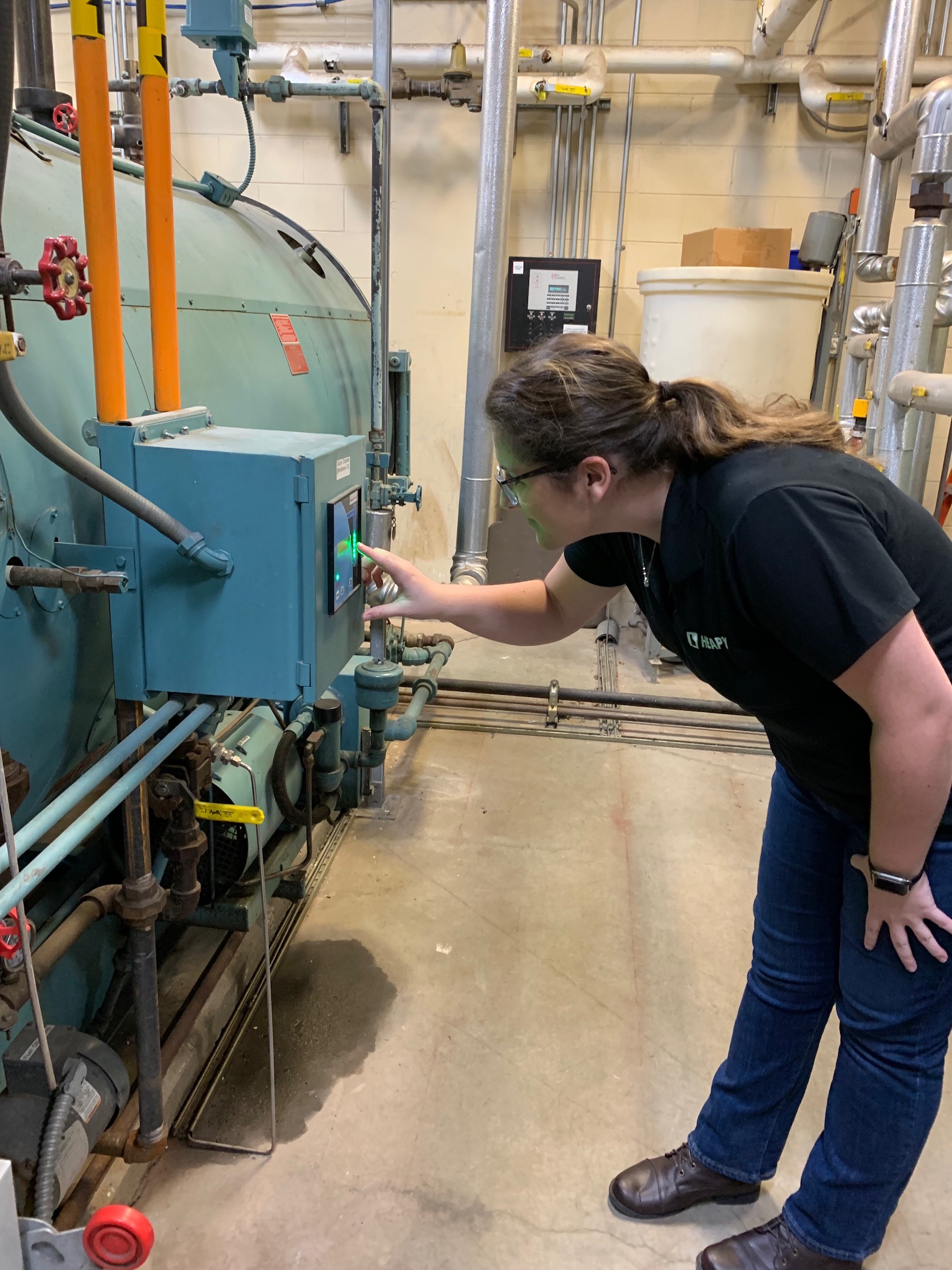
2. Inadequate Use of Setbacks
Most facility managers are familiar with using sensors or scheduled setbacks to turn lights and equipment off when a space is not in use, but the same approach can be taken with HVAC to save you money by reducing system run time when the building is unoccupied.
When a space is unoccupied, your HVAC system should operate at reduced heating (winter) and cooling (summer) requirements. The system can then be scheduled to return to occupancy setpoints before people enter the building, ensuring the indoor environment is an appropriate temperature when occupied. These more relaxed setpoints allow for higher energy efficiency year-round.
Check your building and equipment design documents as a starting point for unoccupied versus occupied settings, then adjust through trial and error until you have the right settings.
3. Forgotten Overrides
When building occupants complain about being hot or cold, facility and maintenance staff sometimes input overrides into the HVAC system to temporarily resolve the issue. While this might fix the immediate problem, it might prevent your team from identifying and correcting the underlying issue that led to the complaint.
If these “fixes” become permanent, they can also lead to inefficiency and wasted energy. Our team worked with a middle school whose HVAC system was cooling the facility as if it was fully occupied in the middle of summer when most people were not using the space – a situation caused by overrides that were left on and forgotten. We worked closely with the school to correct the building systems so that they operated as intended, resulting in moving from an Energy Star score of 1 to 34 in just seven months.
To fix excessive overrides, reset your HVAC system to the original design settings. Regularly check the system and correct overrides to ensure the system operates as intended.
You can also work to create a culture of energy efficiency by tracking your utility bills and educating colleagues about the impact they have on energy consumption. This approach takes more effort, but will reap long-term rewards by reducing complaints and improving compliance with energy efficiency initiatives.
4. Excessive Ventilation
During the COVID-19 pandemic, many organizations increased outside air ventilation to improve air flow and exchange to reduce the spread of the virus. While increased ventilation does help with indoor air quality, many organizations overcorrected and paid the price in excessive heating and cooling costs.
Make sure to set your outside air ventilation to the standard and original design intent, which is already calibrated to provide a safe indoor environment.
5. Failed Sensors
Temperature, humidity, and pressure sensors are vital for peak HVAC system performance, but these sensors often fail as systems and equipment age.
If you notice a sensor value that has not changed for days or weeks, the sensor is probably faulty, leading to wasted energy and reduced performance.
You can correct failed and faulty sensors by recalibrating sensors, temperature probes, and dampers.
The Final Word
We’ve offered some general problems and potential solutions, but the best way to find out specific solutions to recurring HVAC issues is to conduct a focused retro-commissioning project.
Retro-commissioning is like a tune up for your building systems, safeguarding the long-term health of your infrastructure. And retro-commissioning often has a high return on investment, with a payback period of less than two years.
Many utilities offer incentive programs for good energy management and energy reduction practices, including retro-commissioning, where they will subsidize the cost of the study or provide rebates for successfully reducing energy usage. Make sure you check with your local utility before proceeding with a retro-commissioning project so you can take advantage of these financing options.
When it comes to HVAC systems, maintenance and monitoring are the key to success. A retro-commissioning approach will get you on the right track by providing a regular inspection of your equipment, monitoring energy usage, and updating the system as needed when it reaches the end of its useful life.
Connor Donovan, Engineer at HEAPY, and Tyler Guy, formerly with the firm, now Critical Facility Engineer at Facebook, contributed to this article.
Related Stories
| Jul 17, 2014
GSA study finds biomass boilers are viable option for heating federal buildings
After operating the first biomass boiler in the Ketchikan, Alaska, Federal Building, the U.S. General Services Administration (GSA) has concluded that biomass boilers are a viable alternative for hot-water-heated buildings where natural gas is unavailable.
| Jul 17, 2014
Alliance formed to promote research on indoor air quality
A memorandum of understanding creating the Indoor Environment Quality Global Alliance was signed on June 29; the Alliance was formed to explore ways in which industry groups could work together to address all aspects of indoor environmental quality and health.
| Jul 10, 2014
BioSkin 'vertical sprinkler' named top technical innovation in high-rise design
BioSkin, a system of water-filled ceramic pipes that cools the exterior surface of buildings and their surrounding micro-climates, has won the 2014 Tall Building Innovation Award from the Council on Tall Buildings and Urban Habitat.
| May 22, 2014
Facebook, Telus push the limits of energy efficiency with new data centers
Building Teams are employing a range of creative solutions—from evaporative cooling to novel hot/cold-aisle configurations to heat recovery schemes—in an effort to slash energy and water demand.
| May 22, 2014
7 ways it pays to use BIM for data centers
Here’s where AEC firms and owners are getting the most bang for the buck when using BIM/VDC to coordinate data center projects.
| Mar 7, 2014
Thom Mayne's high-tech Emerson College LA campus opens in Hollywood [slideshow]
The $85 million, 10-story vertical campus takes the shape of a massive, shimmering aircraft hangar, housing a sculptural, glass-and-aluminum base building.
| Jan 8, 2014
United Association, NRDC seek major plumbing code changes
Proposed changes include mandating the insulation of hot water piping in new buildings.
| Dec 10, 2013
16 great solutions for architects, engineers, and contractors
From a crowd-funded smart shovel to a why-didn’t-someone-do-this-sooner scheme for managing traffic in public restrooms, these ideas are noteworthy for creative problem-solving. Here are some of the most intriguing innovations the BD+C community has brought to our attention this year.
| Nov 25, 2013
Building Teams need to help owners avoid 'operational stray'
"Operational stray" occurs when a building’s MEP systems don’t work the way they should. Even the most well-designed and constructed building can stray from perfection—and that can cost the owner a ton in unnecessary utility costs. But help is on the way.
| Nov 8, 2013
Can Big Data help building owners slash op-ex budgets?
Real estate services giant Jones Lang LaSalle set out to answer these questions when it partnered with Pacific Controls to develop IntelliCommand, a 24/7 real-time remote monitoring and control service for its commercial real estate owner clients.


